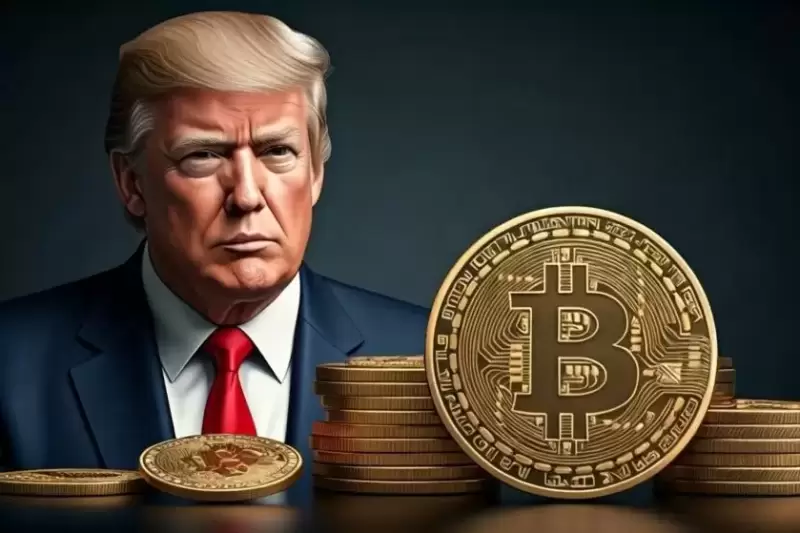 |
|
 |
|
 |
|
 |
|
 |
|
 |
|
 |
|
 |
|
 |
|
 |
|
 |
|
 |
|
 |
|
 |
|
 |
|
The meme coin trend has become more than just a fad; it has established itself as a satire and mockery of the excessive virtual asset regulations by the United States Securities and Exchange Commission (SEC).

In the realm of cryptocurrencies, a curious phenomenon has emerged, aptly named "meme coins." These coins, lacking practical utility or clear legal definitions, have nevertheless managed to capture the attention of traders and amass a collective market capitalization in the tens of billions of dollars. What drives this seemingly irrational exuberance?
According to Kim Min-seung, head of the Korbit Research Center, the genesis of this trend can be traced back to the overly stringent regulations imposed by the United States Securities and Exchange Commission (SEC) on virtual assets. The SEC's broad application of the "Howey Test" has led to difficulties in determining which coins constitute unregistered securities.
In an attempt to clamp down on issuers and traders, the SEC has filed lawsuits against several virtual asset-related companies. However, these actions have also hindered the business development of coin-issuing entities. As a result, despite the launch of numerous coins, only a handful have achieved widespread real-world usage, aside from stablecoins.
This limited market growth can be attributed to the inability of most issuers to withstand lawsuits from U.S. government agencies. Faced with litigation risks, many issuers have scaled back or abandoned their operations, leaving ambitiously launched coins to flounder without significant business achievements beyond technical milestones.
In a normal market environment, coins would be valued based on their business performance or utility. However, due to the SEC's excessive regulations, coin prices have become heavily influenced by future expectations or market interest, rendering them vulnerable to manipulation.
The Ripple lawsuit has had a profound impact worldwide. As legal risks associated with Initial Coin Offerings (ICOs) escalated, global market fundraising through ICOs plummeted, paving the way for crypto venture capital (VC).
Instead of the public participating in ICOs during the initial coin offering, a small group of VCs became the investors, leading to a phenomenon where coin prices crashed after exchange listings due to large-scale cash-outs by VCs.
Last year and the year before, many coins were designed with "low float and high fully diluted value (FDV)" to facilitate VC exits (investment recovery). This created another structure where VCs dumped coins bought at low prices onto retail investors at high prices after exchange listings, similar to the "foundation holdings dumping" frequently observed on domestic exchanges.
The meme coin craze unfolded against this backdrop. The SEC fostered an environment where coin prices were determined solely by expectations or interest rather than business performance, leading to a proliferation of coins with provocative names and logos but no clear business plans or specified utility.
The SEC attempted to punish issuers and traders simultaneously but failed to regulate the behavior of VCs using their financial power to gain unfair profits in the market. As a backlash against this practice and the lack of investor protection measures, many meme coins adopted a "fair launch" approach, distributing the majority of the coins to the market immediately upon issuance without the issuer retaining a large holding.
The fact that tens of thousands of "useless" meme coins are issued and traded daily, with the surviving coins' total market capitalization exceeding $100 billion, serves as a biting satire and mockery of the SEC's regulatory failure.
Governments worldwide should have established order in the rapidly growing market and protected investors rather than making moral judgments that "coins are bad." However, the SEC went too far in its attempt to "suffocate" all coins except Bitcoin by considering them "unregistered securities," and other countries followed the SEC's direction. And that attempt ended in failure.
While governments failed to establish market order, powerful forces with capital exploited investors' pockets. The "Kimchi coin foundation holdings dumping" frequently occurring on domestic exchanges, the recent intensification of "pump and dump volatility," and the cashing out of "low float and high FDV" coins after listing are all in the same context. Insiders are profiting from retail investors in a market with inadequate investor protection measures.
The meme coin craze is a message from the market to financial authorities worldwide. The SEC's approach of considering coins as "bad" and trying to suppress them was wrong and failed. The coin market is still growing, and the countless dog, cat, and frog coins pouring in daily hope for reasonable regulation to establish market order, protect investors, and nurture sound business entities.
Disclaimer:info@kdj.com
The information provided is not trading advice. kdj.com does not assume any responsibility for any investments made based on the information provided in this article. Cryptocurrencies are highly volatile and it is highly recommended that you invest with caution after thorough research!
If you believe that the content used on this website infringes your copyright, please contact us immediately (info@kdj.com) and we will delete it promptly.
-

-

-

-

-

- RWA Tokenization Platform Coldware (COLD) Surges 80% as Sui (SUI) and Avalanche (AVAX) Struggle
- Apr 04, 2025 at 03:10 am
- In the ever-evolving world of cryptocurrency, some tokens rise to prominence while others experience major setbacks. Recent developments have seen Sui (SUI) fall by 4.43%, and Avalanche (AVAX) struggle with a notable 13.83% drop.
-

-

-

-

- Trump's New Global Tariff Regime Reshapes Investor Sentiment, Triggering Sharp Corrections Across Risk Assets
- Apr 04, 2025 at 03:00 am
- Market analysts say President Donald Trump's newly announced global tariff regime is already reshaping investor sentiment, triggering sharp corrections across risk assets.
























































